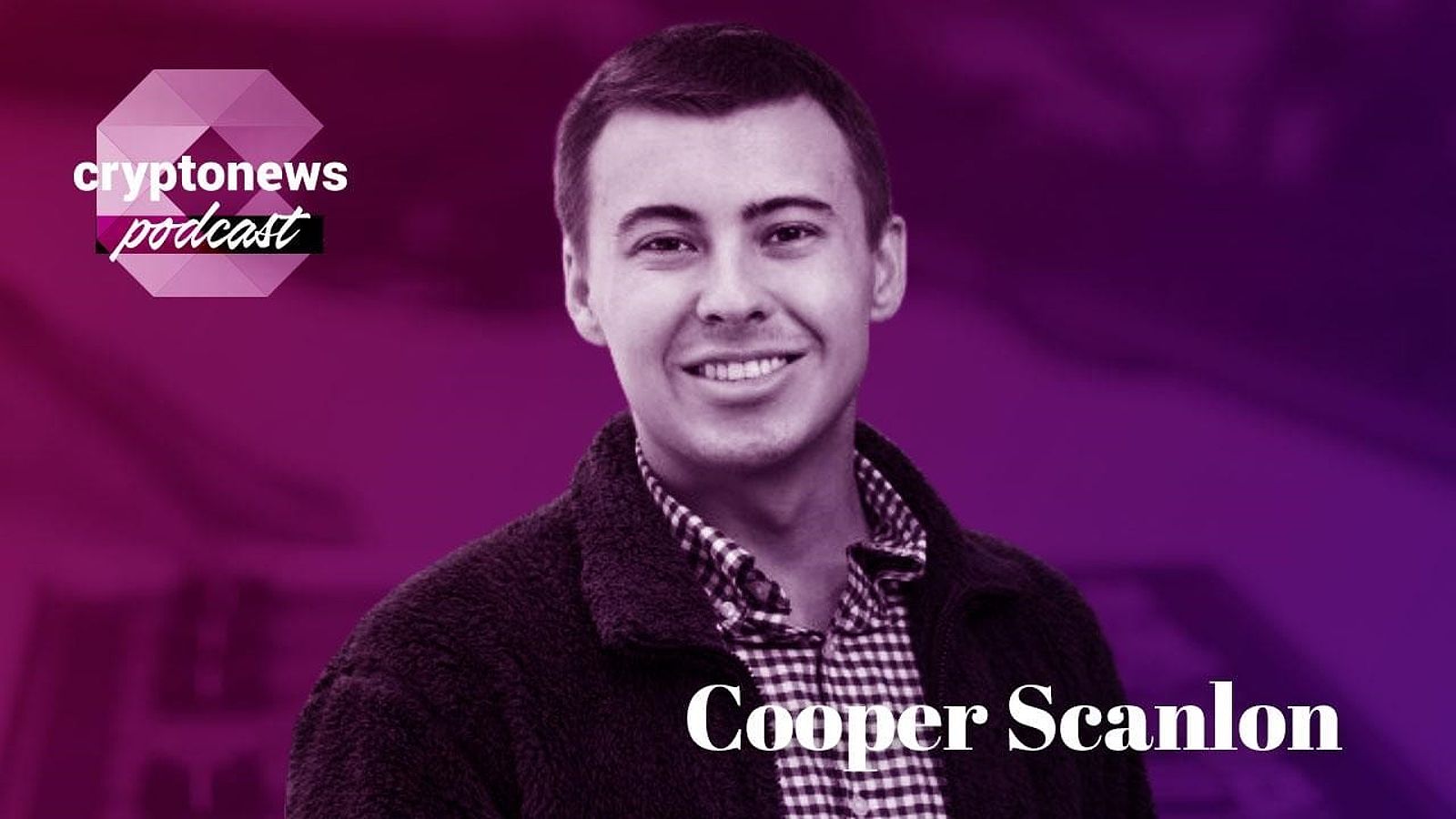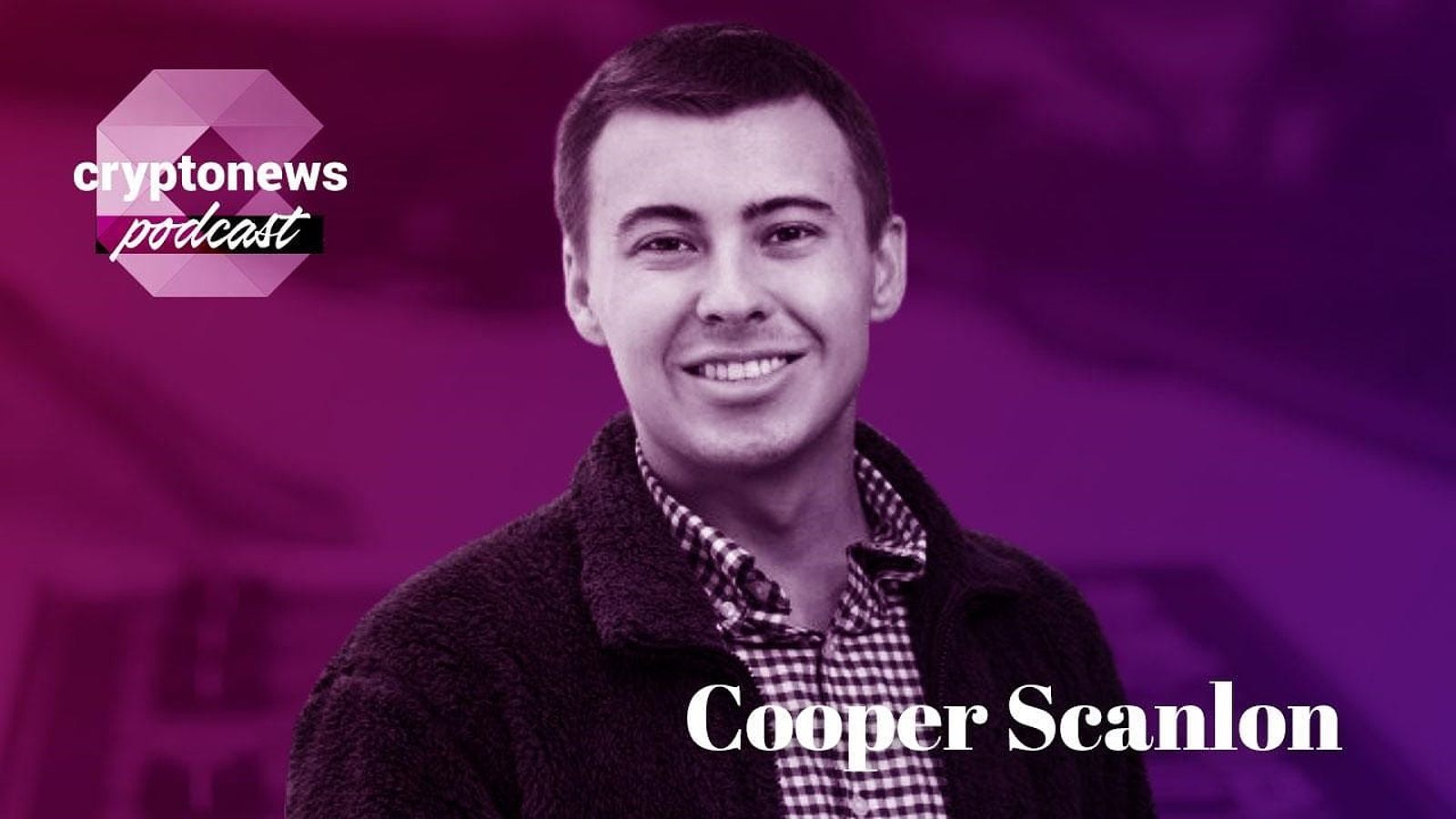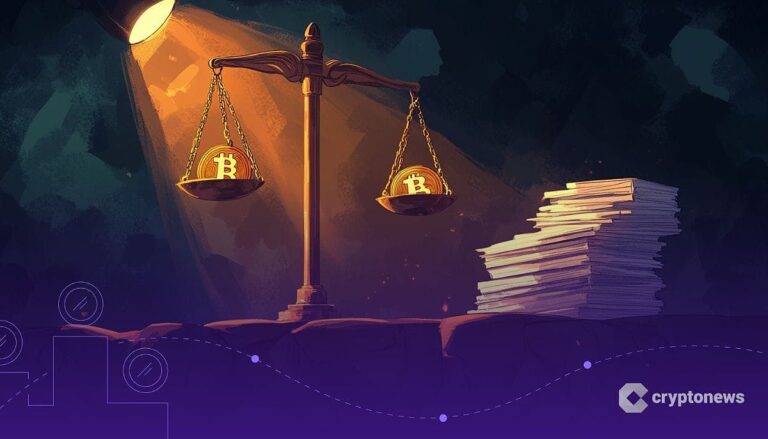As we navigate the uncharted waters of Web3, the quest for secure, scalable, and efficient decentralized applications feels akin to exploring a vast ocean filled with both promise and peril. Developers are met with numerous challenges, akin to navigating through storms and hidden reefs. In this evolving landscape, Move emerges as a beacon of hope—a programming language crafted to address these challenges with thoughtful precision and robust design principles.
Move: The Genesis and Philosophical Underpinnings

Move is not merely a coding language; it is a philosophical approach to programming, born from the aspirations of the Diem Association, which once carried the ambitions of Facebook’s blockchain initiative. This language is steeped in the desire to create a secure and scalable environment for managing digital assets, much like a well-constructed vessel designed to withstand the tumultuous seas of the digital world.
At its core, Move champions resource-oriented programming—a paradigm shift that treats digital assets as precious resources. This approach is akin to safeguarding a treasure trove, ensuring that each asset maintains its integrity and is shielded from unauthorized manipulation. By instilling strict rules and checks, Move cultivates a secure environment where developers can confidently navigate the complexities of asset management.
The philosophy of formal verification further strengthens Move’s foundation. This meticulous process acts like a lighthouse, guiding developers to scrutinize their code for vulnerabilities, ensuring it performs as intended. The rigorous nature of formal verification acts as a safeguard against potential errors and exploits, fostering a sense of reliability that is critical in the unpredictable waters of Web3.
Equally important is Move’s commitment to static analysis. This proactive approach allows developers to identify vulnerabilities during the creation phase, much like a shipwright inspecting every plank before launching a vessel. By catching issues early, Move reduces the risk of exploits and enhances the overall quality of applications.
Move’s Advantages for Web3 Developers: A Thoughtful Exploration
The design principles underpinning Move translate into a myriad of advantages for Web3 developers, transforming it into a formidable tool for crafting secure, efficient, and scalable decentralized applications.
Security: The Foundation of Trust
In the realm of Web3, security is paramount. Move’s built-in features create a robust framework for developers who seek to construct trustworthy applications. The synergy between resource-oriented programming and formal verification acts as a protective barrier, preventing vulnerabilities such as reentrancy attacks—those insidious exploits that can drain resources from smart contracts like water slipping through cracks in a poorly built dam.
Static analysis acts as an early warning system, allowing developers to address potential vulnerabilities before they manifest in the wild. By adopting a proactive stance, developers can fortify their applications against threats, ensuring that they are not only functional but also resilient.
Performance: The Engine of Efficiency
Move is engineered for speed and efficiency, much like a well-tuned engine driving a high-performance vehicle. Its optimized execution model and adept memory management are designed to handle the complexities of demanding Web3 applications, enabling developers to create solutions that can process intricate operations and vast amounts of data with ease.
The parallel processing capabilities of Move further amplify its performance, allowing multiple tasks to be executed simultaneously. This feature is akin to a skilled conductor leading an orchestra, harmonizing various elements to produce a symphony of efficiency and responsiveness.
Scalability: Charting New Territories
In the world of decentralized applications, scalability is not just a feature; it is a necessity. Move’s resource-oriented programming model is akin to a well-planned city, designed to accommodate a growing population without sacrificing quality of life. By treating assets as resources, Move ensures that applications can expand to meet the increasing demands of users and transactions without compromising on performance or security.
As developers build applications with Move, they are equipped to handle the complexities of a growing digital landscape, ensuring that their creations can thrive amidst the challenges of expansion.
Move in Action: Real-World Applications and Case Studies
Move’s theoretical underpinnings are not confined to the realm of ideas; they manifest in tangible applications that are reshaping the landscape of Web3 development.
Layer-2 Scaling Solutions
One of the most compelling applications of Move is in the realm of Layer-2 scaling solutions for existing blockchains like Ethereum. These solutions act like bridges, enhancing scalability and reducing transaction fees, thereby addressing the limitations of current platforms. By providing a more efficient environment for transactions, Move unlocks new possibilities for developers seeking to push the boundaries of what Web3 can achieve.
Decentralized Finance (DeFi)
Move is carving a niche in the burgeoning field of decentralized finance, where security and efficiency are of utmost importance. Its robust features make it an ideal candidate for developing lending platforms, stablecoins, and decentralized exchanges—each a vital component in the evolving financial ecosystem of Web3. With Move, developers can navigate the complexities of financial operations with confidence.
Non-Fungible Tokens (NFTs)
The realm of non-fungible tokens (NFTs) is another area where Move is making waves. With its resource-oriented programming model, Move ensures the integrity of NFTs while enabling their creation and transfer at scale. This approach is akin to crafting a masterpiece, where each token is meticulously designed and secured, allowing artists and creators to flourish in a digital marketplace.
Getting Started with Move: Resources and Community Engagement
For those intrigued by the potential of Move, a wealth of resources and an enthusiastic community await.
Learning Resources
Aspiring developers can immerse themselves in a variety of learning materials, including official documentation, tutorials, and online courses. These resources serve as a compass, guiding newcomers through the fundamentals of Move and its practical applications in the Web3 landscape.
Community Support
The Move community is a vibrant tapestry of developers eager to connect, share knowledge, and collaborate. Forums, Discord servers, and GitHub repositories create a welcoming environment for individuals to seek assistance and engage in meaningful discussions, fostering a culture of collective growth.
Development Tools
A suite of development tools and frameworks is available to streamline the process of building Move applications. From integrated development environments (IDEs) to testing and debugging tools, these resources empower developers to craft, refine, and deploy their applications with ease.
Conclusion
As we stand on the cusp of a new era in Web3 development, Move emerges as a powerful ally in our journey. Its commitment to security, performance, and scalability positions it as a cornerstone for the next generation of decentralized applications. As we explore the depths of this transformative technology, I invite you to ponder: How can you harness the potential of Move to shape your own vision of the decentralized future?














 Bitcoin
Bitcoin  Ethereum
Ethereum  Tether
Tether  XRP
XRP  Solana
Solana  USDC
USDC  Dogecoin
Dogecoin  Cardano
Cardano  TRON
TRON